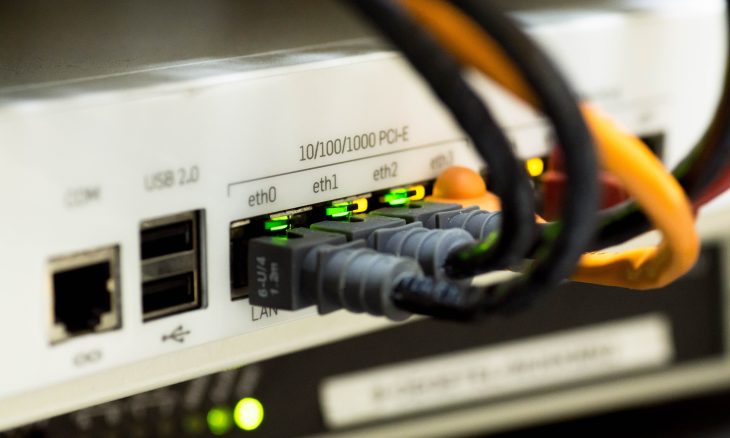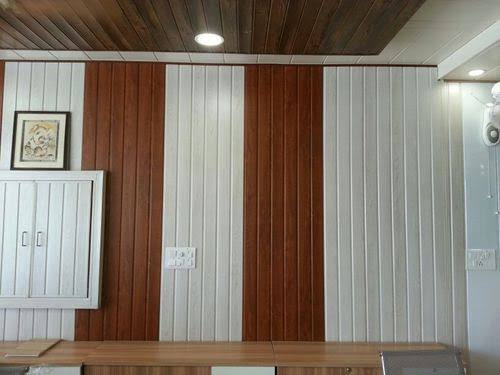Power Devices Via Ethernet With POE Extenders For Maximum Network Coverage

Power over Ethernet, often known as PoE, is a technology that eliminates the need to connect network devices to an AC power supply during the installation process. This allows the devices to be deployed in any location, even outside. The Power over Ethernet (PoE) technology transmits both power and data via a standard Cat5e network connection. As a result, it is now possible to provide energy to far-flung locations without the need to install brand-new electrical infrastructure. The use of fiber optic cables makes it possible to join networking equipment that is situated farther apart from one another than that. Click here for more on fiber optic cables. It is feasible to establish long-distance connections that stretch much farther than 10 miles when fiber optic cables, SFP transceiver modules, and media converters are used in concert with one another.
Instead of using standard electrical wire, which only provides power and requires separate cabling for data, Power over Ethernet (PoE) makes use of cheaper Ethernet cable, which can transport both power and data simultaneously. This enables PoE to be used not just in applications for smart homes but also in those for commercial properties. Power over Ethernet, often known as PoE, is a technology that allows data and power to be sent over a single Ethernet connection. As a result, less cabling is needed, and existing electrical wiring may be maintained.
If you want to connect POE products to a network that is more than 328 feet away, you will need to increase the PoE distance using a Power over Ethernet repeater, which is also known as a PoE extender. This is the only method to do it. Because Power over Ethernet cannot be implemented using Fiber Ethernet, this is the only method that can be used to connect the PoE edge device. Installers of standard Power over Ethernet (PoE) devices have a responsibility to investigate the locations of older, proprietary devices. This is due to the fact that earlier devices may cause issues or be incompatible with PoE devices that were designed later. The standard Power over Ethernet (PoE) devices available today make AP setups far easier and more flexible. This is especially the case with ceilings, which are well-known for being notoriously difficult areas to wire for electrical power.
How does PoE work?
It is essential for the successful operation of Power over Ethernet that the electrical current enters an Ethernet data connection at the power source end and leaves the cable at the device end. This is because the electrical current must enter the cable at the power source end. When utilizing Ethernet, it is possible to keep the data signal and the power current fully independent from one another.
This ensures that neither one interferes with the functioning of the other. In an Ethernet connection, the action of enabling current to flow into the connection is the responsibility of a component known as an injector. If the device on the other end of the line is Power over Ethernet (PoE) compatible, it will continue to function appropriately even if no changes are made to the device itself.
In the case that it is not Power over Ethernet compliant, you will need to install a component that is known as a picker, which is also frequently referred to as a tap, in order to draw energy from the connection. This current, which has been sucked up, is being sent in the direction of the power connector.
What sorts of electronic equipment make use of PoE?
In the beginning, equipment that was intended to comply with the PoE standard of 2003 provided sufficient power for the majority of access points (APs), but it was unable to provide sufficient power for other types of mounted devices, such as video surveillance cameras. The Institute of Electrical and Electronics Engineers (IEEE) and a number of different vendors have made attempts over the years to overcome the power problem; nonetheless, interoperability concerns have remained to be a worry. These efforts have been undertaken by a number of different providers.
The following is a list of devices that are capable of being powered by POE provided that their power consumption is lower than 30 watts (W):
- Internet Protocol
- Voice over Internet (https://www.cisa.gov/uscert/sites/default/files/publications/understanding_voip.) Protocol
- Video Telephone Protocol
- Video Telephone Protocol
- The Worldwide Interoperability for Microwave Access standard, sometimes referred to as WiMAX from time to time, in addition to wireless access point devices and nodes
- autonomous cameras capable of panning, tilting, and zooming
- computer terminals situated at a variety of geographically dispersed places, computer monitors, laptop computers, thin client personal computers, and enormous computer display screens
- screens using the technology of liquid crystal as well as enormous TVs
- systems that monitor and regulate access to doors and displays for video surveillance
- sound for the television network
- Must Know: Most disliked video on youtube
The following is a list of advantages that are associated with the use of PoE:
The uncomplicated nature of the configuration.
The process of connecting to the electrical system outlets is not anything that should give rise to any concerns whatsoever.
Cost savings.
Ethernet is capable of carrying not just data communications but also electrical power transmissions.
Power over Ethernet ensures everyone’s safety by quickly terminating the flow of electrical current in the event that the service is interrupted.
Security.
POE devices that are linked to networks that have a high degree of security are offered the same level of security protection as other assets on the network. This protection is given to POE devices when the network is joined.
Outages.
A single Power over Ethernet (PoE) connection may support the connecting of many devices in the vast majority of situations. If one of the devices in a chain of devices fails, then the chain as a whole will cease functioning if any of the devices fail.
Restrictions based on distance.
The greatest distance that electricity can be transferred via PoE is 100 meters, and this is regardless of whether or not PoE extenders or other methods are used to provide the power.
Security.
If there is a lack of network security, it will be simple for bad actors to get access to PoE devices that are attached to these networks and penetrate these networks. This will be possible because of the absence of network security.





